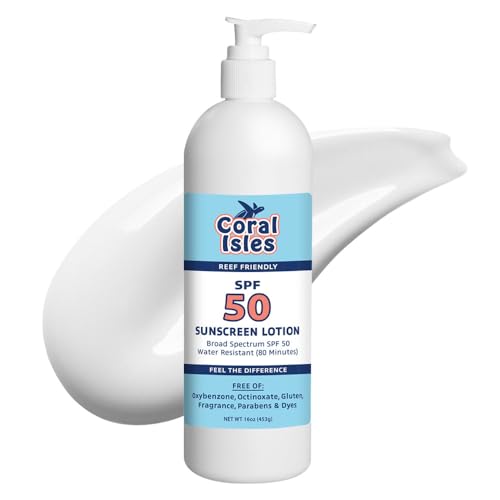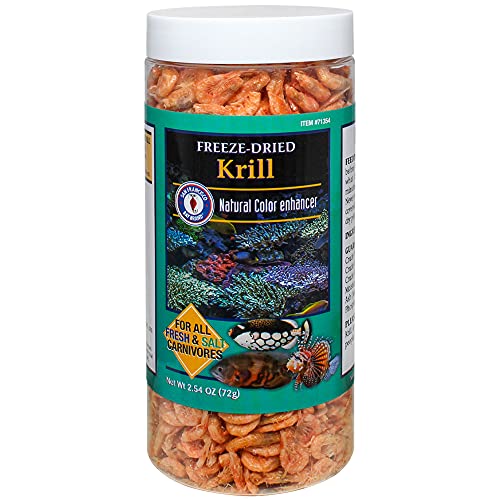prow said:well i have done some testing with the T5s. at 20" below the water line MH and T5s have about the same par reading..
How many watts of T5 versus watts of MH? This is critical to the big picture...
prow said:you can not go by watts. you must look at the lumen per watt to get the intensity. lets see if i can remember..
Yeah, watts are not necessarily a good indicator of intensity, as they relate to power consumption....
Watts per lumen...hmmm....this would be a more accurate description of bulb efficiency, not necessarily intensity. Many other factors come into play, like total lumens, surface area of bulb, ect....On top of that, lumens only relate to intensity in the visible spectrum, it does not account for total output of the bulb.
Really, for reefkeeping, the best indicator of bulb intensity is the PAR rating.
prow said:vho=35 lumens per watt
pc=45lumens per watt "vho and pc might be mixed up."
T5=75lumen per watt
MH=85lumens per watt...
Hmmm...where did you get these numbers? A quick "google" turned up these numbers for me... A 110 watt VHO is usually around 7000 initial lumens, or 64 watts per lumen. A 96 watt PC is around 8800 lumens, or 92 lumens per watt. A 54 watt T5 produces around 5000 lumens, about 93 lumens per watt. A 400 watt MH produces around 40000 lumens, 100 lumens per watt. So...T5, PC and MH are all in the 90-100 lumen per watt range. Still, this only indicates the efficiency of the the bulb, not the intensity. The MH beats them all in PAR vs depth, due mainly to the high lumen output based on the actual bulb surface area producing the light. It will take 8 T5's to produce the same amount of lumens as a single 400 watt MH, but the MH will still have a smaller dropoff of PAR based on tank depth, because of the much larger bulb surface area required by the T5 to generate the same amount of lumens.
prow said:just to dispell the myth that T5s are just small pc's. so if you can get the same wattage of T5 to fit you can keep the same things under it...
From a total lumen output standpoint, sure, T5's are pretty close to PC's...but Id like to see a PAR vs. depth comparison between the two...I belive the PC bulb has a smaller surface area than the T5, therefore I think the PAR of the PC will not drop off as quite as quickly as the T5...I could be mistaken on the surface area comparison however...
prow said:however same light within the whole tank. remember light is aborbed no matter what direction is goes.
Light is not "absorbed" by water. It is refracted and reflected by water. Some goes out the sides of the tank, some is reflected at the surface, ect. The deeper you go, the greater the degree of refraction. Longer wavelengths of light have a greater delta of deflection, and are diffused by water more quickly than others, allowing less of them to penetrate deeply into the tank.
prow said:MH just focus on one spot and thus the lighting is not absorb in that spot allowing it to refract deeper at that focused area. if nothing is in the water colum to absorb the light any lighting will countinue to travel until it is fully absorbed.
:?: Lost me on that one...the water itself is what is refracting the light. No absorbtion of light by water whatsoever is taking place. The light is diffusing and being refracted/reflected, long wavelenghts first (this is why things appear more "blue" the deeper you go in water...the shorter wavelength of blue light diffuses out more slowly than the red or green wavelenghts) Particulate matter in the water column may however "block" out some light, allowing less of it as a total to reach the lower depths.
prow said:once the light hits the bottm sand it reflects back and refracts again=greater light intensity at the bottom.
Greater light intensity at the bottom compared to what? It doesn't work that way...the amount of light being reflected back into the water column from your substrate will never equal the amount of light striking it in the first place, because of refraction in that new direction as well.
prow said:basically flourescents provide a greater surface area to allow for greater absorbtion of light. intensity wise T5's are about the same as MH.
Yes, the greater surface area of the fluorescent bulb (compared to a Metal Halide) means the light produced is more quickly refracted by the water. That means less of it makes it to the bottom of the tank, and ends up somewhere else. T5's may have a comparable watt/lumen output to a MH, but they simply don't have the PAR to water depth ratio of a MH, which realistically is the best measure of bulb "intensity"
MikeS




































































